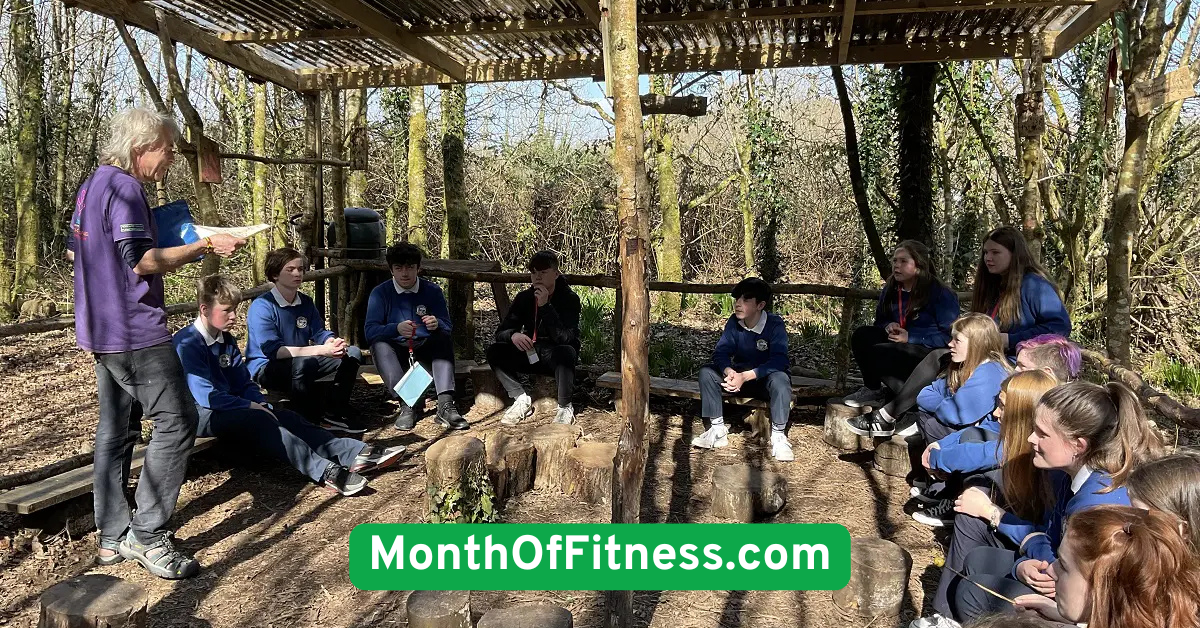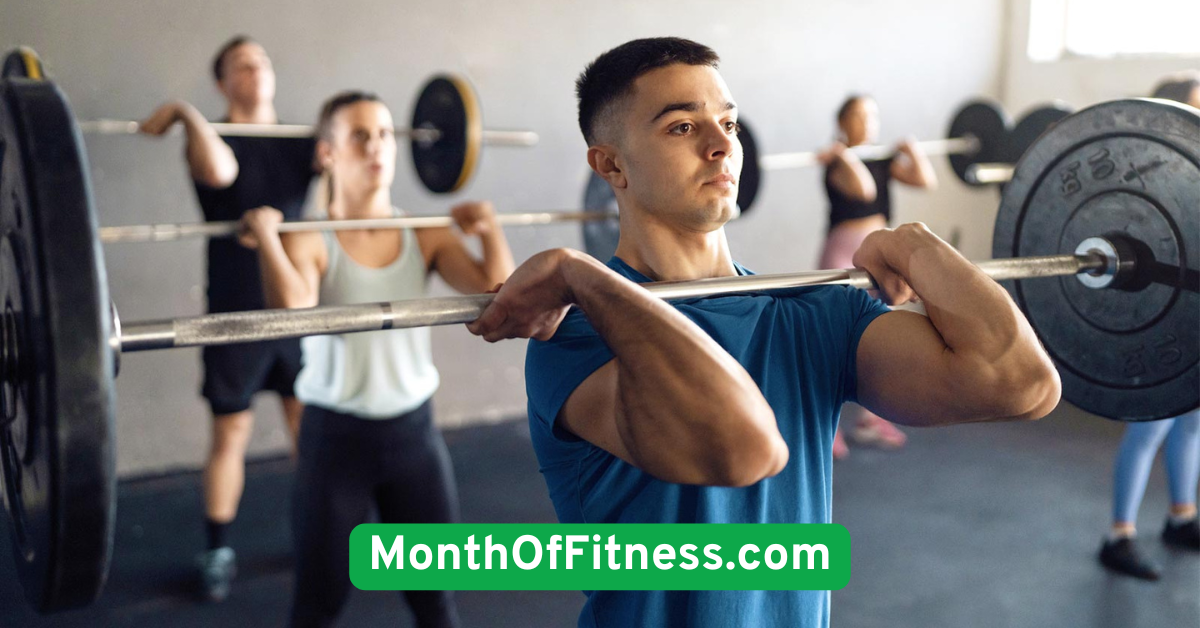One-Month Fitness Challenge Beginner-Friendly to Burn Fat in 2025
Starting a fitness journey can sometimes feel overwhelming, especially if you’re a beginner looking to burn fat and improve your health. But guess what? You don’t need complicated routines or expensive gym memberships to see real progress. A simple, beginner-friendly one-month fitness challenge can set you on the right path to fat loss, better energy, and boosted confidence — all while fitting into your busy lifestyle.What’s amazing about committing to a month-long challenge is that it gives your body and mind enough time to adapt and form new healthy habits. Research shows that it takes roughly 21 to 30 days to build a habit, so this challenge is perfectly timed to create lasting change. You’ll gradually build strength, improve endurance, and most importantly, learn how to enjoy movement in a way that feels sustainable.This challenge combines cardio, strength training, and flexibility exercises designed to maximize fat burning without intimidating you with complex moves. Whether you prefer working out at home or outdoors, you’ll find this plan accessible, budget-friendly, and tailored for beginners. Plus, we’ll share tips on nutrition and motivation to keep you energized and consistent. Ready to get started? Let’s dive in!
One-Month Beginner-Friendly Fitness Challenge to Burn Fat
The goal of this one-month fitness challenge is straightforward: help beginners burn fat safely and effectively while developing a consistent workout routine. The plan is built around easy-to-follow daily exercises that combine cardio, strength, and stretching — all essential for fat loss and overall fitness.

Challenge Structure and Goals
The challenge is designed to be flexible, with daily workouts lasting between 20 to 45 minutes. You’ll alternate between cardio-focused days and strength training days, with active rest or stretching on some days to aid recovery. This mix keeps your metabolism active, promotes muscle tone, and prevents burnout.
- Week 1 focuses on building a fitness foundation with low-impact cardio and basic bodyweight exercises.
- Week 2 introduces slightly higher intensity cardio intervals and resistance training using bodyweight or simple household items.
- Week 3 ramps up the intensity with compound movements and longer workout sessions to enhance fat burn.
- Week 4 emphasizes maintaining consistency, refining your form, and setting long-term goals.
The key is progress, not perfection. Every workout completed is a step closer to a healthier, leaner you.

Daily Workout Routines Focusing on Fat Burning
Cardio is a powerful fat-burning tool because it raises your heart rate and keeps your body in calorie-burning mode. For beginners, low-impact options such as brisk walking, cycling, or gentle jogging are ideal. Each cardio day aims to get your heart pumping for 20-30 minutes in a way that feels challenging but manageable.Strength training complements cardio by building muscle, which boosts your resting metabolism and helps your body burn more fat even at rest. Bodyweight exercises like squats, lunges, push-ups, and planks are great starters and require no equipment.A typical week might look like this:
- Day 1: 20-minute brisk walk + 3 sets of 10 squats and push-ups
- Day 2: 25-minute low-impact cardio (cycling, marching in place)
- Day 3: Strength day with lunges, planks, and glute bridges
- Day 4: Active rest with stretching or yoga
- Day 5: Interval cardio—30 seconds moderate jog, 1-minute walk (repeat 8 times)
- Day 6: Full-body strength circuit
- Day 7: Rest or gentle stretching
This balance keeps workouts fresh, improves endurance, and maximizes fat loss while preventing injury.

Incorporating Cardio, Strength Training, and Flexibility
Flexibility and recovery work are often overlooked but are critical for long-term success. Stretching after workouts enhances mobility, reduces soreness, and helps your muscles recover faster. Simple stretches targeting major muscle groups like hamstrings, quadriceps, shoulders, and back improve range of motion and prevent stiffness.Strength training should focus on proper form to reduce injury risk and maximize benefits. Even beginner-friendly moves like wall push-ups or chair squats can be very effective when done consistently.Cardio boosts your calorie burn, strengthens your heart, and supports mental health by releasing endorphins. When combined with strength work and stretching, it creates a holistic routine that supports fat loss and overall wellness.

Tips to Stay Motivated and Track Progress
Staying motivated is one of the biggest challenges on any fitness journey, especially when starting out. Here are some practical tips to keep your momentum going:
- Set small, achievable goals like completing all workouts in week one or improving reps gradually.
- Keep a workout journal or use apps to log your sessions and how you feel. Seeing progress over time is hugely encouraging.
- Celebrate milestones, no matter how small, with rewards like a new workout outfit or a relaxing bath.
- Find a workout buddy or join online fitness communities to share your journey and get support.
- Mix up your workouts if boredom sets in—try different cardio activities or swap exercises.
Tracking progress is more than just weight loss. Notice how your clothes fit better, your energy levels improve, or how much easier workouts feel. These are all signs of positive change!

Importance of Proper Nutrition and Hydration to Support Fat Loss
Exercise is only part of the fat loss equation. Nutrition plays an equally vital role. Eating a balanced diet rich in whole foods supports your workouts and accelerates fat burning. Focus on:
- Lean proteins like chicken, fish, beans, and lentils to repair and build muscle.
- Complex carbohydrates like oats, brown rice, and sweet potatoes to provide lasting energy.
- Healthy fats from nuts, seeds, and olive oil to support hormone balance.
- Plenty of vegetables and fruits for vitamins, minerals, and fiber.
Hydration is often underestimated but essential. Drinking enough water helps regulate metabolism, flush out toxins, and keeps you energized during workouts.Avoid fad diets or extreme restrictions—aim for sustainable eating habits that nourish your body and support your fitness goals.

Conclusion
Embarking on this one-month beginner-friendly fitness challenge is a fantastic way to kickstart your fat loss journey and build habits that last. By combining simple cardio, strength exercises, and flexibility routines, you create a balanced and effective plan that respects your body’s limits and encourages steady progress.Remember, the goal isn’t perfection but consistency. Small daily efforts add up to big results. Along the way, prioritize proper nutrition and hydration to fuel your workouts and support recovery. Celebrate every milestone and keep your focus on the bigger picture: a healthier, stronger, and more confident you.





